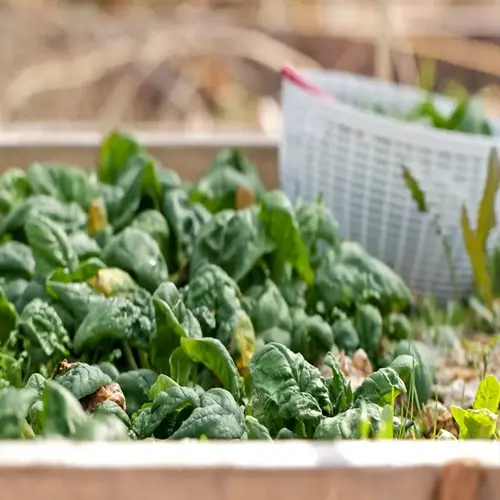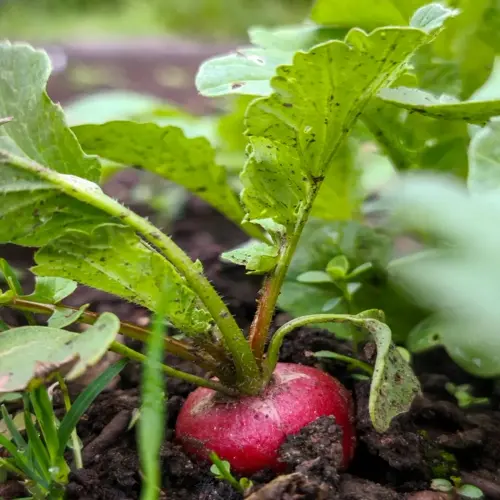What vegetables are suitable for late season planting?

Written by
Julia Anderson
Reviewed by
Prof. Charles Hartman, Ph.D.Late-season gardening expands your harvest window by incorporating cool-tolerant vegetables that thrive in cool weather conditions. These plants can withstand light frost and short days while producing high-yield crops of nutritious vegetables. Timing, as always, is key to success before hard frosts descend. Select varieties that are bred for cold resistance and have a rapid maturation rate. In my zone 5 garden, I have grown these vegetables into November.
Leafy greens are often chosen for late planting options because they are so resilient. Kale and collards will live into the 20s, and they improve flavor with a light frost. Spinach will live to the 15°F mark but is very slow in cold soils. Swiss chard can survive light freezes and grows colorful petioles. Plant these 6-8 weeks before the first frost (for optimal production).
Root vegetables acquire sweetness during cool autumn nights. Carrots and radishes* mature quickly; within 30 - 45 days of sowing. Sow deeper than in spring to better manage temperatures. *Beet varieties, like 'Winter Keeper,' have good storage after harvest.* Parsnips upon light frost are sweeter. All four crops could benefit from floating row cover.
Soil Preparation
- Test soil pH adjusting to 6.0-7.0 range
- Mix in extra compost for improved warmth retention
- Create raised beds for better drainage
Planting Technique
- Sow seeds 0.5-1 inch deeper than spring plantings
- Use cloches or cold frames for temperature control
- Water thoroughly immediately after planting
Frost Protection
- Install row covers before first frost predictions
- Apply thick straw mulch after germination
- Use thermal water walls for extreme cold protection
Certain overwintering crops, such as garlic and onions, a fall planting is required to be harvested in the spring. Garlic cloves should be planted 4-6 weeks before the ground freezes. Onion sets are also types of overwintering crops, as they become dormant but establish roots before winter begins. Mulch heavily after planting to keep them insulated for winter. My garlic harvests are double what I normally get when I plant them in the fall.
Planting success is influenced significantly by regional differences. Northern regions focus on early-maturing varieties that mature quickly before the onset of frost. Southern gardens can plant later, enjoying the extended harvesting season. The coastal areas benefit from milder temperatures, while the mountains receive an extra layer of protection. Knowledge of your local "first frost date" is precise.
Gardening in the late season offers many benefits besides harvesting for longer. Cool temperatures enhance the classic abilities of many vegetables. Pest pressure dramatically drops compared to summer. The soil is workable for a longer time in the Fall. Follow these strategies to keep your garden producing well into the Fall and winter.
Read the full article: When to Plant Peas: The Complete Guide

